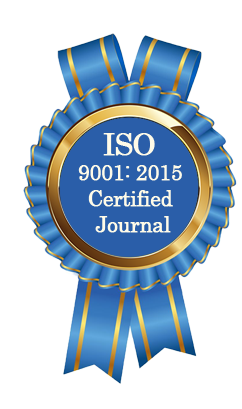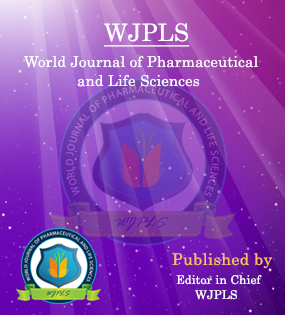Abstract
INCIDENCE OF HEREDITARY OF OPTICAL ABNORMALITY IN PATIENTS WITH DOWN’S SYNDROME
Huddar MD.* and Paikrao V. M.
ABSTRACT
Background: Down’s syndrome is a genetic condition in which a person has 47 chromosomes instead of 46, with an extra copy of chromosome number 21. This extra genetic material disrupts the normal developmental processes leading to medical and physical abnormalities in cases of Down’s syndrome. Children with Down’s syndrome are characterised by mental retardation but they also have high frequency of various congenital optical anomalies. Aim and Objective: This study was done with an aim to estimate the incidence of hereditary of optical abnormality in the patients with Down’s syndrome. Method: The 1147 cases of optical abnormality as cataract from age group of 0 to 14 years were studied for the occurrence of Down’s syndrome during the period of 2012 to 2018. The standard Karyotyping method was used to confirm Down’s syndrome. The normal children of equivalent age group were taken as control. The Type of cataract was also recorded. The collected data was compared with estimated statistics of Down’s syndrome of Nagpur region. Result: From the 1147 diagnosed cases of optical abnormality 27 cases (13 males and 14 females) were confirm with the Down’s syndrome (2.35%), which corresponds to the estimated 3.31% frequency of Down’s syndrome among the children of Nagpur region. The Down’s syndrome frequency (2.35) which is significantly very high in compared with the age matched control patient’s frequency of 0.1% (1 in 1000). The five patients had bilateral cataract observed soon after birth, and three of these underwent cataract surgery within the first year of life. Conclusion: Early optical abnormality was prevalent in the children with Down’s syndrome, whereas the prevalence of cataract was significantly low when compared to controls of same age groups. The frequency of early cataract among children with Down’s syndrome is found to be 2.35% which corresponds to the estimated frequency of Down’s syndrome i.e 3.31%. The bilateral cataract may appear with the birth.
[Full Text Article] [Download Certificate]WJPLS CITATION 
| All | Since 2020 | |
| Citation | 590 | 424 |
| h-index | 12 | 10 |
| i10-index | 17 | 14 |
INDEXING
NEWS & UPDATION
BEST ARTICLE AWARDS
World Journal of Pharmaceutical and life sciences is giving Best Article Award in every Issue for Best Article and Issue Certificate of Appreciation to the Authors to promote research activity of scholar.
Best Article of current issue
Download Article : Click here





